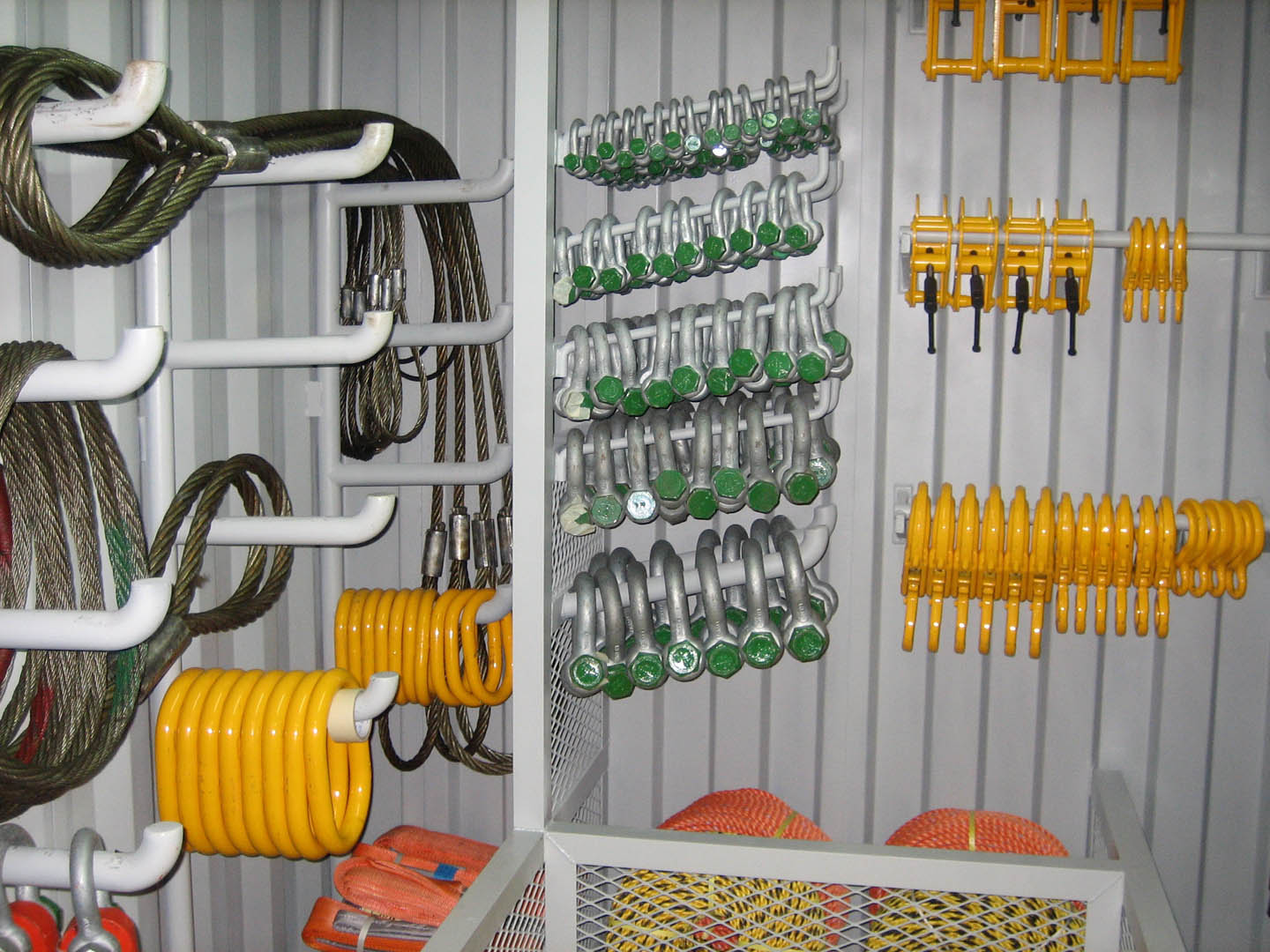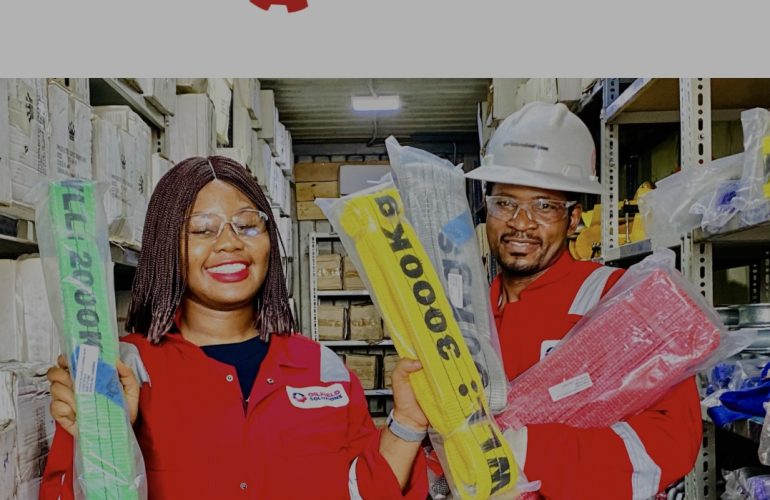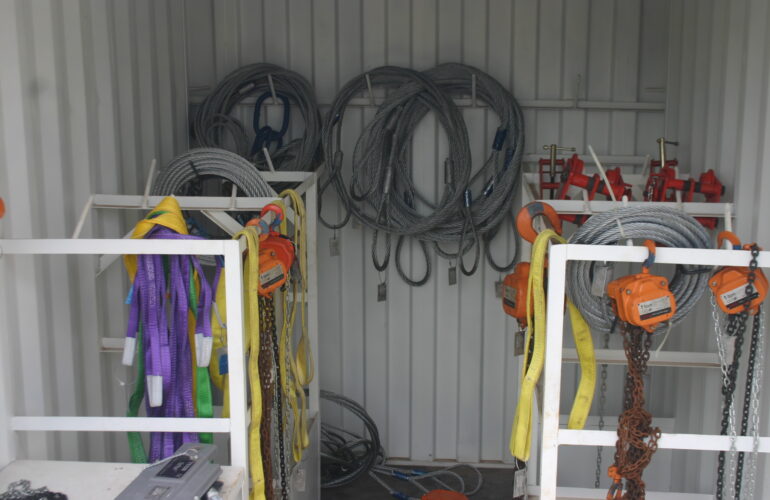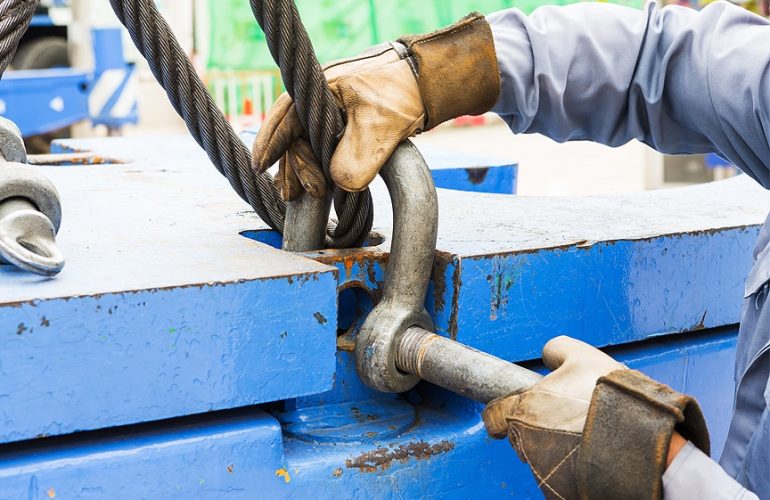Lifting gears, while essential tools, can pose various hazards if not handled properly, this is why as a leading supplier of lifting gears Integrated Oilfield Support Services; we are passionate about safety. Safe lifting operations are not only dependent on the quality of the equipment but also on the proper usage of lifting gears. Before engaging in any lifting task, it’s essential to check that all equipment is in proper working condition; this is important to eliminate near misses and accidents. This ensures the safety of both workers and also helps prevent damage to the load and surrounding structures.
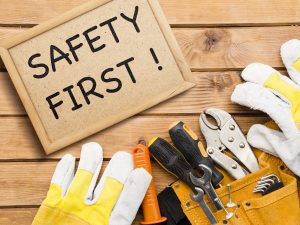
Here are a few safety tips to follow when handling lifting gears:
- Inspect All Lifting Gears: Ensure that all lifting gears, including shackles, chains, hooks, and slings, are thoroughly inspected for signs of wear, cracks, deformities, or corrosion. Check for worn-out links in chains or damaged webbing in slings, and replace any faulty gear immediately.
- Check Load Ratings Before Use: Every piece of lifting equipment is designed with a maximum load rating. Always verify that the lifting gear you intend to use is rated to handle the weight of the load. Exceeding the load capacity can lead to gear failure, accidents, and injury.
- Clean Equipment Before Storage: After each use, make sure to clean lifting gears to remove dirt, oil, or any contaminants that may have accumulated during the operation. This is particularly important for slings and chains, as residues can cause corrosion and weaken the material over time. A clean piece of equipment is easier to inspect and will last longer.
- Inspect for Damage After Use: Conduct a post-use inspection to identify any potential damage that may have occurred during the lifting operation. Check for any wear and tear, especially on moving parts like hooks, shackles, or chain links. Even if the equipment looks fine, this routine inspection can prevent small issues from escalating into significant problems later.
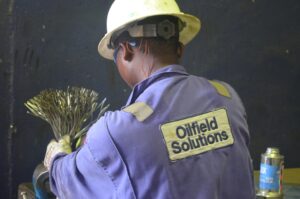
- Proper Storage: Storing lifting gears correctly is essential to maintain their condition. Always store lifting equipment in a dry, well-ventilated area, away from chemicals or corrosive substances. Use designated racks or containers to keep equipment off the ground and ensure that chains, slings, and cables are not tangled or subjected to unnecessary stress.
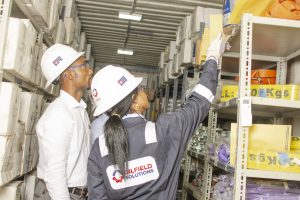
- Use Lifting Gear as Intended: Each type of lifting gear is designed for a specific purpose. Ensure that you are using the right equipment for the job—whether it’s shackles for securing loads, slings for lifting, or hooks for hoisting. Avoid using gear in ways it wasn’t intended, such as using chains for pulling instead of lifting.
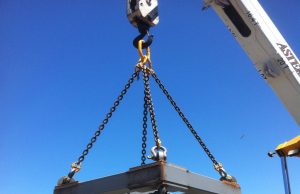
- Avoid OverLoading: Do not overload your lifting equipment, ensure the load is evenly distributed and properly balanced before lifting. Uneven loads can shift during the lift, causing instability, potential load drops, or gear failure. Always double-check and make necessary adjustments to secure the lift. Overloading can significantly weaken or even break the equipment, leading to accidents. Always lift loads slowly and smoothly to avoid sudden jerks and ensure a safe and controlled lift.
Take the necessary steps today to ensure safer operations by choosing Integrated Oilfield Support Services as your Lifting gear supplier. We offer premium lifting gears that keep your operations running smoothly and significantly reduce the risk of accidents and injuries associated with lifting gear operations.
For expert guidance on choosing the right lifting gears and maintaining your lifting equipment, contact today at delivery@iossafrica.com

